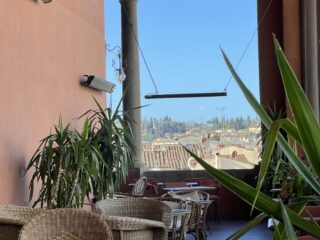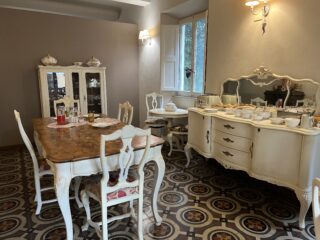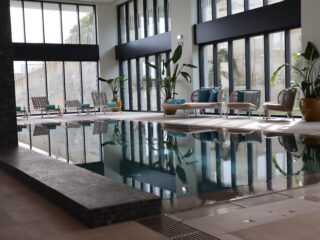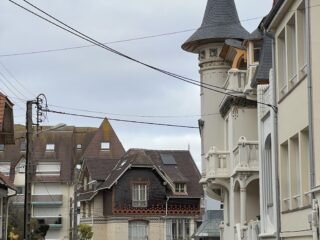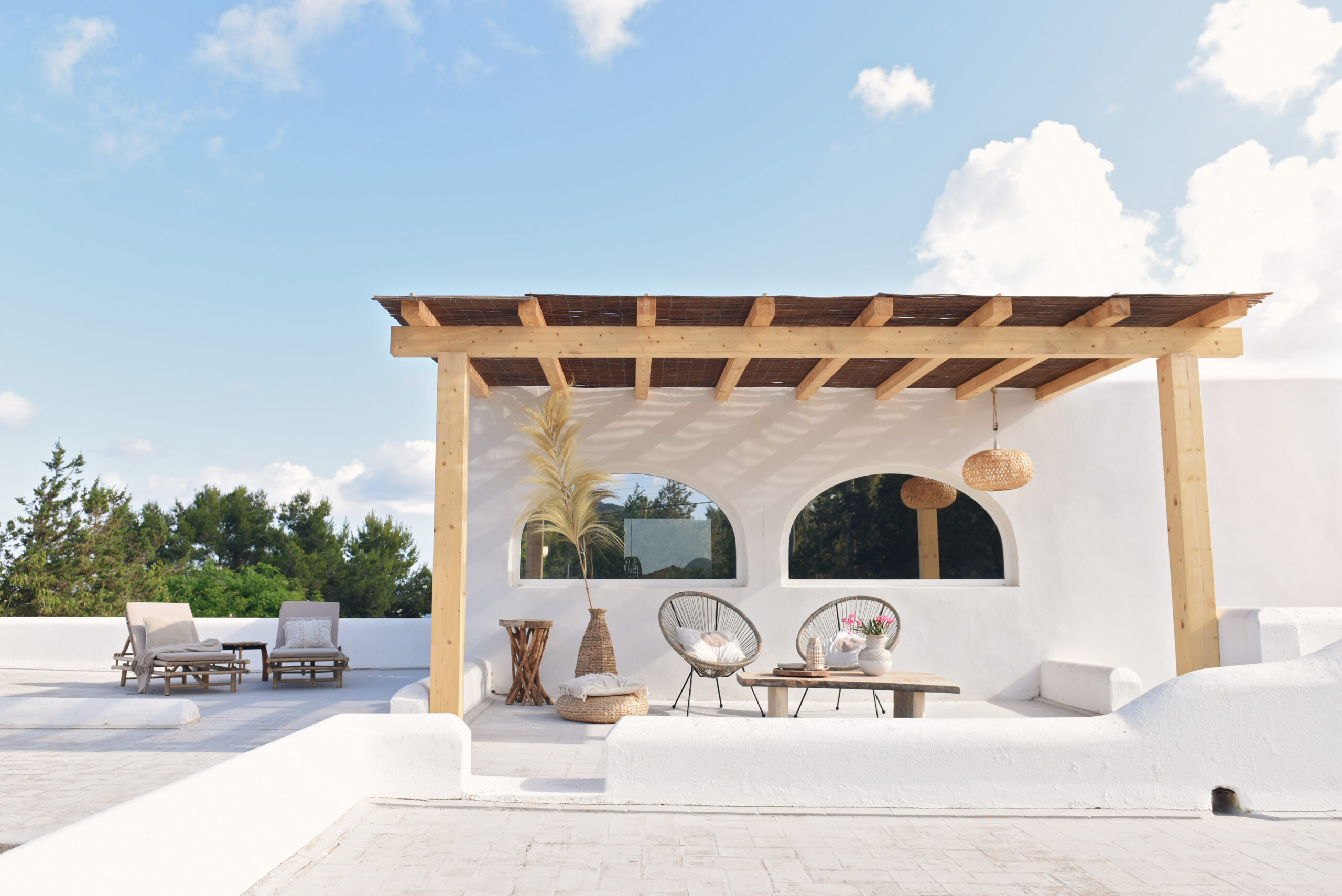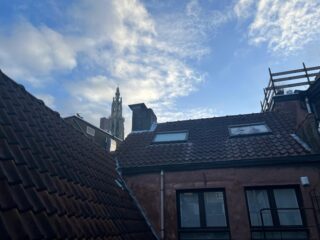On a late Friday night during my 3-month trip in Asia, I opened Google and typed in “travel destination no tourists” as I was fed up with the hoards I had encountered. By chance I stumbled upon Timor-Leste, or East Timor, as the country in Southeast Asia is also referred as. After reading phrases like “the country no one knows about and no tourism industry”, my inner adventurer awoke and I put on an my imaginary Indiana Jones outfit. I searched my head for people I knew that had been to Timor-Leste and I started asking around. The only replies I ever got were along the lines of “That’s a country?”, “It’s in Africa, right?” and “Why on earth would you even go there?”. Sounds pretty discouraging, right? Well, not to me, as I am one of those crazy people who is even further encouraged by words like this. And there I was two weeks later with a flight ticket booked and my mum joining the trip (You can read all about my preparation here //Link to guide article).
So this is it, my one week itinerary for Timor-Leste. I don’t want to reveal too much, but I would just like to say: It was all about creating our own adventure.
Day 1: Sightseeing in Dili
We landed in Dili International Airport in the morning, obtained our visa on arrival without problems and were picked up by our guest house Casa do Sândalo , which I had randomly found online. Little did we know what an experience it would be. It turned out that Casa do Sândalo is not only a beautiful colonial guest house, but also the seat of the Mexican embassy. Andrés, the deputy consul, welcomed my mum and me with a warm and loud “welcome home” and the honorary consul Ivan shouted “Franziiiiiiska” hugging and kissing me on both cheeks. Within the first 30 minutes they gave us a “How things work in Timor-Leste 1.0.1” and we knew we had made the right choice to come to Casa do Sândalo as well as Timor-Leste.
We immediately set out to explore Dili and started with a walk around the colonial buildings and governmental properties. Don’t expect something outstanding, but it was interesting to see anyway. Timor-Leste is also famous for its coffee, which is why we stopped at Hotel Timor. In the afternoon we hopped onto a mikrolet, a mini bus, that took us to the east beaches. I don’t know who had more fun, the drivers or us, as we were all dancing along to the loud music blasted during the ride. We hopped off at Christo Rei, which is a giant Jesus statue measuring 27m in height. It’s a bit controversial, as it was built by the Indonesians during the occupation, but the view over the beaches was stunning. We really enjoyed the walk up, because many locals came up to us, eager to talk English. As mikrolets stop operating at 5pm, we took a taxi back to Casa do Sândalo.
On a side note: Also the Resistance Museum and the Cemetery of Santa Cruz are said to be very interesting, if you have some extra time in Dili.
Day 2: Riding from Dili to Balibò
After talking to Andrés at Casa do Sândalo, who is like a human tour book of Timor-Leste, we decided to drive to Balibò, an old fort 125 km all the way to the west at the Indonesian border. We headed to the Central Backpackers Hostel , which arranged for a scooter ($25/day). There was only one problem, as it turned out: we couldn’t communicate with the hotel in Balibò, knowing weather it was open at all or fully booked. Having no idea what to expect, it felt outrageous to go. It also feltl incredibly exciting and we were sure it would all work out.
Leaving Dili was a bit of an experience in itself with crowded streets and crazy traffic. Starting from the city border, the road was a mix of newly renovated streets giving us a German Autobahn feeling to something that did not even deserve to be called a road.
Side note: I have a lot of experience with driving a bike in Asia, so I would only recommend taking a scooter in Timor-Leste if you are an experienced driver. Please keep in mind that the road is challenging and you drive on the left side before you decide to go.
First stop on our trip were the ruins of the Ai Pelo Prison, about 30 km and one-hour drive from Dili. It’s an interesting place to stop, as it was constructed during the 19th century when Timor-Leste was under Portuguese rule, as you can see on the first pic below.
We continued westwards and passed through Liquica, a small coastal town. We stopped for a bit to see some historical buildings, such as the colonial Administrator house or the Parish church.
Next up was Maubara about 20 km and 30 min ride from Ai Pelo Prison, where another piece of history waited for us: Back in the days this part of eastern Timor was under Dutch rule. At Maubara Fort you can still see the original stone walls and cannons from the 17th century. There’s not much to do there, but it’s still a nice stop for a break from driving. We particularly liked the small shops inside and outside the fort, which sell local handicrafts.
About 25 km and 1 hour later before the bridge crossing the river Loes we found a collection of street restaurants. We sat down for a beer and some incredible banana chips at one of the very colourful stalls, interacting with the locals. They seemed very surprised but happy to see two women alone on a bike. This resonated with our general experience on the road, where everyone kept waving at us with big smiles on their faces.
Refreshed we set out for the last 50 km and 1.5 hours drive from the bridge to Balibò. With every kilometer further to the west, people on the roads got less and less and beaches got more and more stunning. The last stretch of road between Batugade and Balibò was the trickiest one, as the roads kept winding up and were very broken in certain bits. I remember thinking “If our hotel does not have any free rooms, I will sleep on the floor. I will not go back 60 km all the way to the closest hotel in Maubara”. Thank God these thoughts were in vain, as the Balibò Fort and Hotel did have a free room for us. To be precise, they had all the rooms for us, as we were the only guests.
The hotel is on the more expensive side for Timor-Leste at $95 a night, but it was worth it. We spent the rest of the day taking in the views overlooking the sea and mountains as well as the Portuguese fort architecture.
Day 3: Beach hopping and road exploring
On day number 3 we found out that the Balibò Fort and Hotel is very much connected to the village of Balibò. It operates as social business, making my social entrepreneur’s heart beat faster. All employees are hired from the local community and profits go back into the village through different projects. Therefore, we were encouraged to check out the small community of Balibò. We went around the main market, talked to schoolchildren, watched a house being constructed and thus got a bit of a feeling for rural life in Timor-Leste. We also bought some souvenirs, such as woven fabric and tobacco, which is very famous for Balibò. Talking about famous: Balibò is actually an important place in the history of Timor-Leste, as in 1975 five Australian journalists were killed when Indonesia invaded the country. Today you can visit the museum in Balibò talking about the incident.
Away from Balibò and back to the road: Our initial plan was to take a different way back to Dili, passing by Marobo hot springs. Unfortunately we were told that the road was in a very bad condition, so we decided against it and went back the way we came. But that was perfectly alright. We were looking forward to exploring things we had rushed passed the day before. We took many stops, strolled around, enjoying all the different landscapes.
My favourite type of exploring on that day would have to be the beaches. We stopped our bike not once, but three times next to road and took a dip in the water (after we had checked for crocodiles ;p). I can now confirm: when you read about those empty beaches in Timor-Leste, they really are completely empty. There is nothing. No chairs, no restaurants, no people. And that’s what makes it so special. Strolling along the perfectly clear water, looking for interesting shells and the only sound being the breaking of the waves. It was simply wonderful.
From there, we headed back to Dili, aiming for one final stop before returning to the capital: Tibar Beach Retreat, about 95km from Batugade and 15km before Dili. This hotel features a bar overlooking the sea, very nice for a relaxing break. We thought about the fact that we hadn’t seen a single tourist in two days, but so many smiling locals.
Day 4 – 7: Diving and relaxing in Ataúro
After our road trip adventure we decided that it was time for some relaxing on the beach of Ataúro, a small island close to Dili. So the next morning Volker, the owner of the Ataúro Dive Resort, picked us up with his small private boat from the Dili Water Police station. The boat ride took about two hours and Volker told us that sometimes you are even able to see blue whales. We did not. Still, the ride over to Ataúro was very pleasant. On a side note, on some days of the week, a ferry runs between Dili and Ataúro, which is the cheaper alternative to reach the island.
After arriving at Ataurò Dive Resort, Volker gave us a small tour of his property. His philosophy is to not rush things and keep it simple, which is why there are only four bungalows and one shared dorm. The huts are eco-friendly and come with two beds, a fan and a mosquito net. Also the bathroom facilities are kept simple. The “shower” consists of a big cup and a basin. We couldn’t have been more delighted.
Our next three days in Ataúro were spent reading in the hammocks on our veranda facing the ocean, exploring the local market about 15 min walking distance and swimming /diving / snorkelling in the water. We literally put on our diving masks, swam for 30 seconds and were amidst the most beautiful corals you could possibly imagine. Ataurò is said to have one of the most diverse and well-preserved corals in the world, which did not seem like an overstatement to me. Being Padi certified, I also went diving one day. At 45$ it’s on the more expensive side, but the underwater scenery definitely made up for the price.
Evenings were usually spent enjoying some lovely food at the resort, sharing travel stories with the other guests or having a sunset drink overlooking the water at the Beloi Beach Hotel.
Ataúro was the perfect place to stay to simply relax away from the world with no internet, being in touch with nature. I learnt how little you actually need to be comfortable. (Little secret here: We did bring a bottle of wine to feel extra comfortable).
On Saturday morning Volker took us back to Dili, where we hopped onto a taxi taking us to the airport, saying our final goodbyes to Timor-Leste.
Summary
Timor-Leste will be one of those trips I will still tell my grandchildren about.
Traveling to a developing country like Timor-Leste stimulated my thoughts on what impactful tourism can look like, having the example of Balibò Fort and Hotel in mind. I feel more aware about what my presence as a traveller as well as my spending behaviour can bring to a country.
I will definitely also remember Timor-Leste for its people. We had so many positive and interesting interactions. We heard about what it is like to grow up with 7 or more siblings, how difficult it is to travel around because of the bad road conditions and how proud they are to finally see tourists slowly coming into the country. Having conversations like this helped us to understand the difficulties faced by this young nation. However, there was also a strong sense of hope in the air.
To sum up, it was a new way of travelling for me. Having almost no prior information, we simply had to talk to people and find our own way around. If this doesn’t classify as an off-the-beaten-path adventure, I don’t know what does. And Indiana Jones would be proud of us, I am sure.
About the author
Hey! My name is Fran, follow me on Instagram to check out what I am up to 😉





















